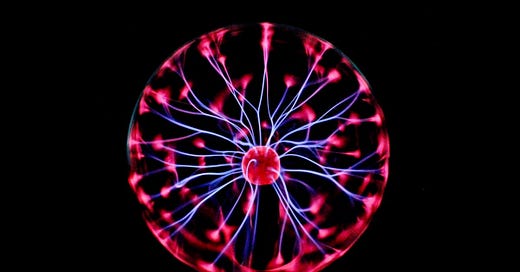Memia 2022.20: Arriving soon at an airport near you🐒🦠// backing DACCS💨// ontology state engine⚙️// fusion in a backpack⚛️// Möbius carbon nanobelt♾️// 4D toys🤯// dutch drone gods do Valparaiso🚵
From open standards to standards of openness
Kia ora
Welcome to another midweek Memia newsletter - scanning across emerging tech and thinking about the future from Aotearoa New Zealand.
20th weekly newsletter of the year already!
A reminder for iOS users - you can read Memia in the Substack app (click below). For Gmail users, you can click on the email title above to read online and avoid the annoyin…
Keep reading with a 7-day free trial
Subscribe to Memia to keep reading this post and get 7 days of free access to the full post archives.




